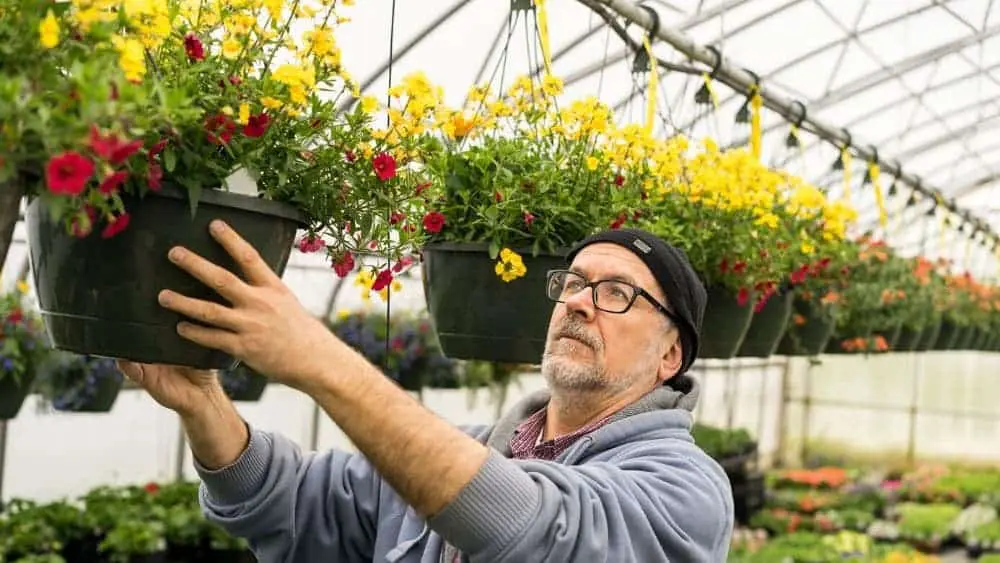
The graying of America is already upon us as the large Baby Boomer generation (age range 52-70) has hit or soon will hit retirement. And that’s a trend that’s not going away anytime soon.
According to a report from the Urban Land Institute’s Terwilliger Center for Housing, 66 million people will be 65 or older by 2025 as compared with 48 million in 2015—an expected 38% increase in just 10 years.
Growing Trends for 55+ Living
What’s on the horizon for 55-plus living options and what are developers doing to respond to what will be an ongoing need in the coming decades? Let’s look at some of the 55-plus living trends, from age-restricted independent living communities to different levels of assisted living:
- Urban Retirement
- Mid-Market Options
- Full-Service Facilities
Urban Retirement
One of the traditional images of retired life is that of an age-restricted planned community with plenty of golf courses in sunny Arizona or Florida. This kind of community remains a popular model with both developers and residents.
But not everyone wants to retire to suburbia. Urban dwellers may not want to give up that lifestyle or want/need to stay close to family. Urban retirement has its benefits — walkability, access to public transportation, nearby amenities, etc.
“We’re seeing a trend with developers of [urban] dense projects across the board, particularly around transit hubs,” says Richard Murdocco, a New York City-based real estate expert and founder of The Foggiest Idea, a public resource on real estate development. He added that developers seem to be embracing urban retirement properties again to respond to population needs.
But quality urban retirement properties still present an underserved market.
“The few apartment projects designed with universal design principles — ADA (Americans with Disabilities Act), aging in place — sell fast,” says architect John Hrivnak, principal with Hrivnak Associates, Ltd., an architectural and real estate consulting firm that’s based near Chicago.
Mid-Market Options
Another underserved area that Hrivnak is seeing comes in communities with a population of 40,000 to 50,000 people. Not suburbs of large cities, these smaller cities aren’t entirely rural but not densely urban in nature either. They still have certain amenities, but may have a limited infrastructure that dissuades developers from building there.
“That’s the challenge of having an affordable urban-rural market, plus an affordable senior housing market,” Hrivnak says. “Once developers realize the costs of the real estate property, construction, pre-sale campaigns, and so on, the project is no longer mid-market. It now goes upscale.”
Hrivnak, who has worked on senior living projects since 1978, envisions what he calls “suburban stacked flats” or one-level living in a mid-rise tower at more moderate pricing. That means amenities would also be reduced from what’s available at more high-end properties, but the idea is to find an option for mid-market renters or buyers.
Full-Service Facilities
Ensuring access to health care is a primary consideration retirees must face, regardless of their living situation.
Telemedicine can provide retirement community residents with access to virtual appointments with primary care physicians or specialists, particularly helpful for those with mobility issues.
For example, the investment firm Welltower, which provides real estate capital to senior housing operators and health care systems, is developing a 15-story senior living community in Manhattan that will focus on assisted living and memory care. Set to open in 2019, it is expected to have connectivity to the Manhattan health care system via telemedicine.
Another option is a continuing care retirement community (CCRC), in which a person moves to different levels of care as needed.
“The philosophy behind a CCRC is the convenience it offers residents to be able to stay in one place and then transfer through different levels of care,” says Kyle Exline, executive director of The Clare, a 53-story CCRC in downtown Chicago. “The goal is to keep people as independent as possible for as long as possible and you can do that longer in a CCRC setting.”
The Clare offers independent living floors — some residents may still work or be semi-retired — as well as floors for assisted living, memory care and skilled nursing. Residents can take advantage of the various amenities from a wellness and fitness center to four different restaurants. And the location makes it easy for residents to get out and about either on foot or via The Clare’s transportation program (a bus for group outings or cars for those still driving).
“When people are looking at a community, their priority list includes location and the life care component,” Exline says. “After they move in, those priorities become the community lifestyle, developing friendships and discovering new activities to learn.
No matter what kind of 55-plus living option you choose, or where, the one definite is that more of these facilities will be needed across the board to meet future demand.

Judy Marchman is an Austin, Texas-based freelance writer and editor who, during her 20+-year career, has written on a diverse number of topics, from horses to lawyers to home building and design, including for NewHomeSource.com. Judy is the proud owner of a new construction home and has gained plenty of story inspiration from her home ownership experiences.
A horse racing aficionado, she also has written on lifestyle, personality, and business topics for Keeneland magazine and Kentucky Monthly, as well as sports features for BloodHorse, a weekly Thoroughbred racing publication, and the Official Kentucky Derby Souvenir Magazine. When she’s not in front of her laptop, Judy can usually be found enjoying a good book and a cup of tea, or baking something to go with said cuppa.
 What is Single-Close Financing and Why You Should Consider It When Building New
What is Single-Close Financing and Why You Should Consider It When Building New
Haven Realty
I see this market picking up in my area of the Central Florida market. The gated 55+ commuites are so easy for the active owners to go off on a vacation and not worry about the community.